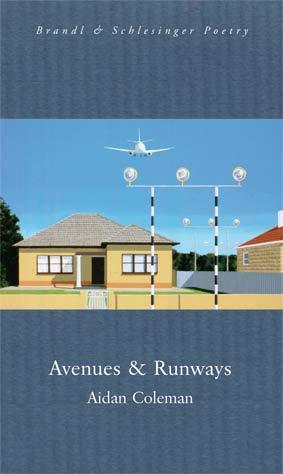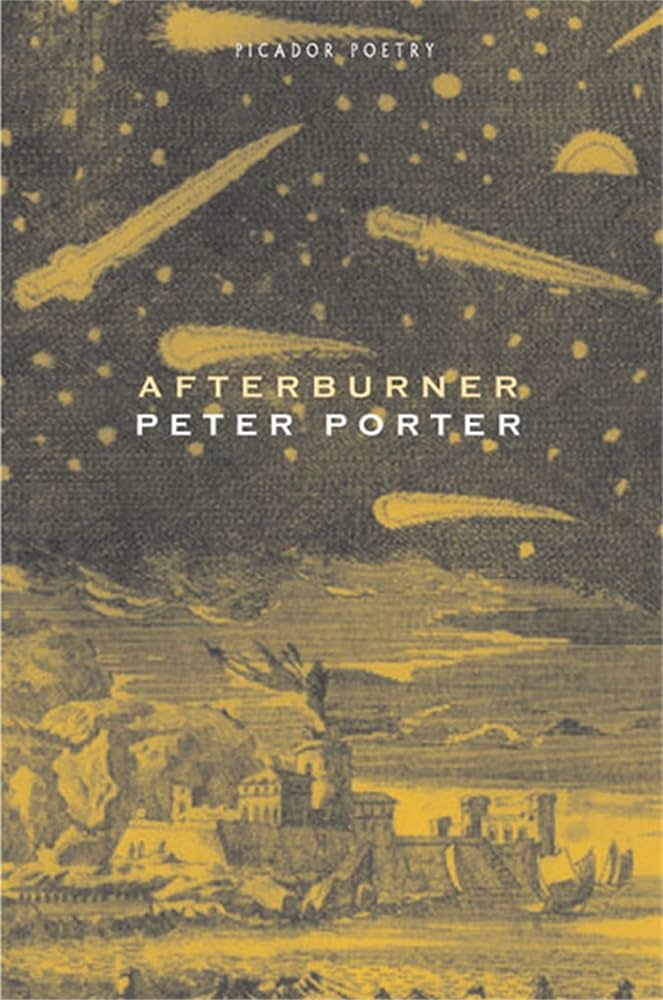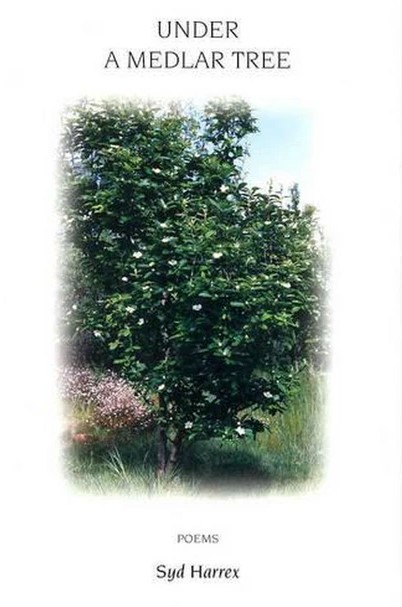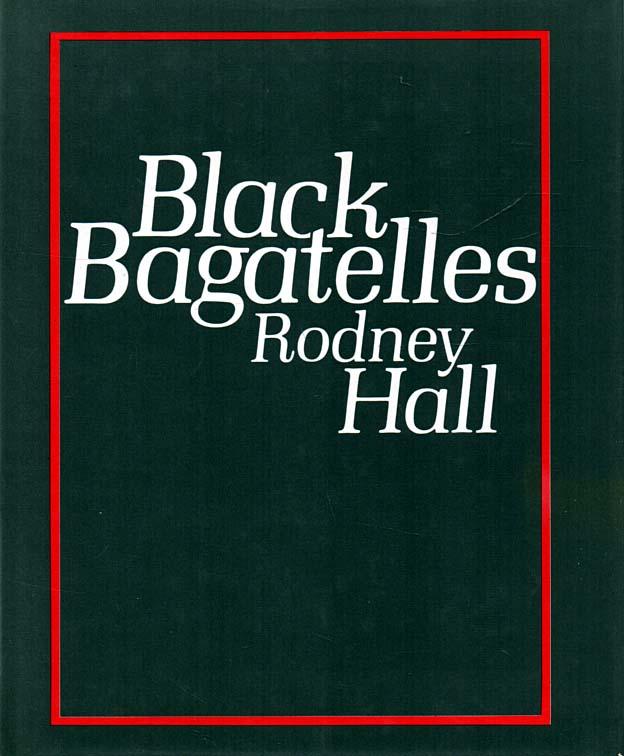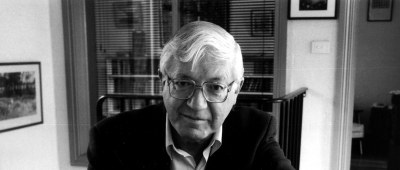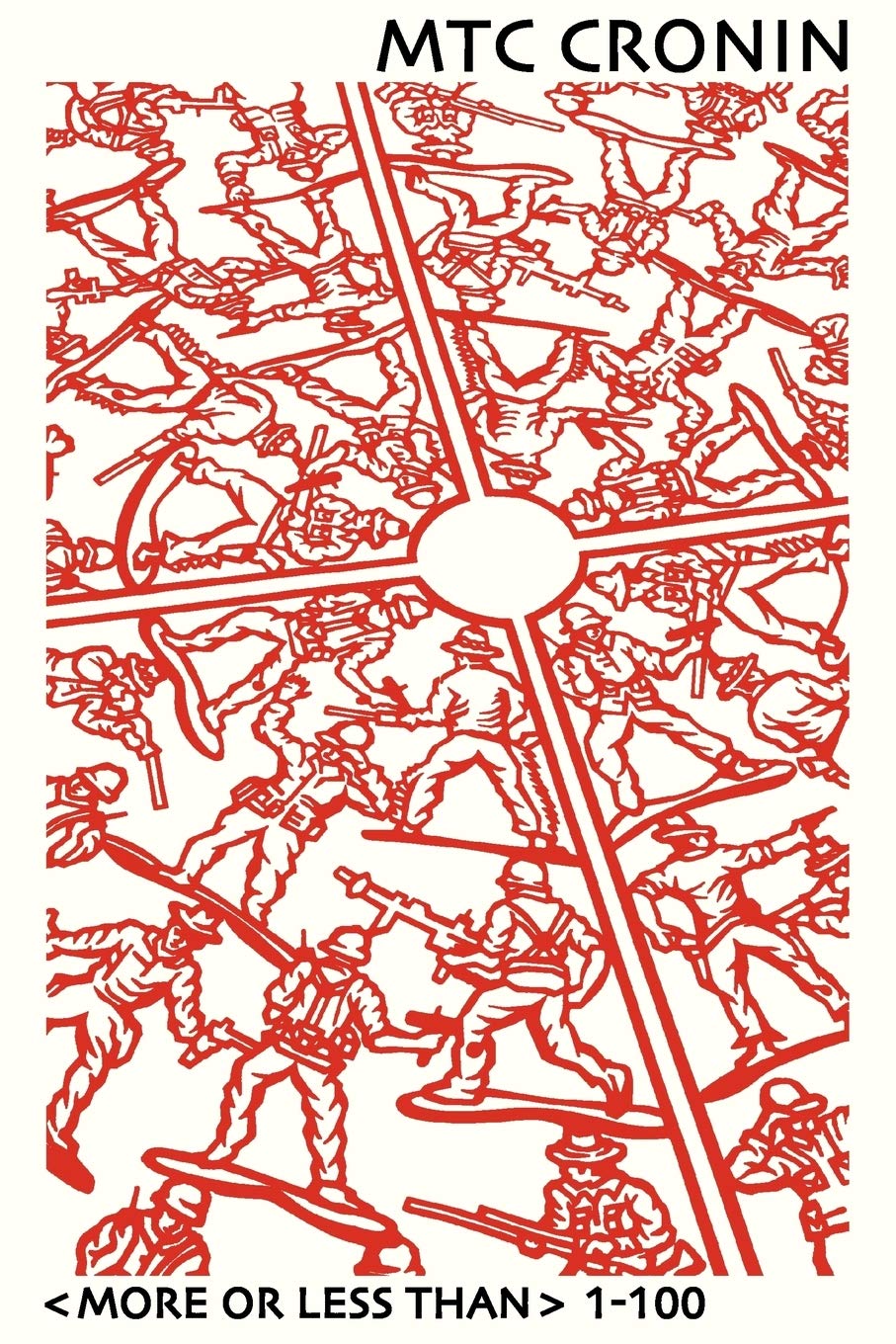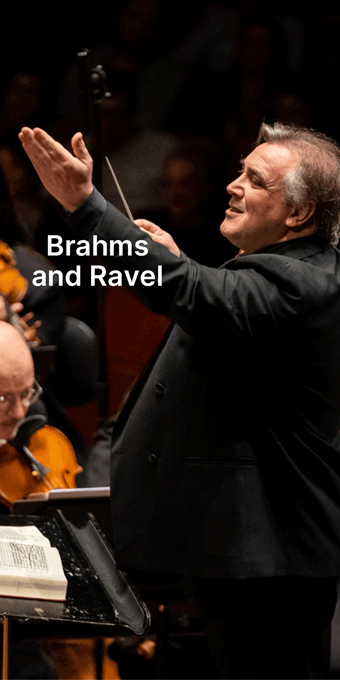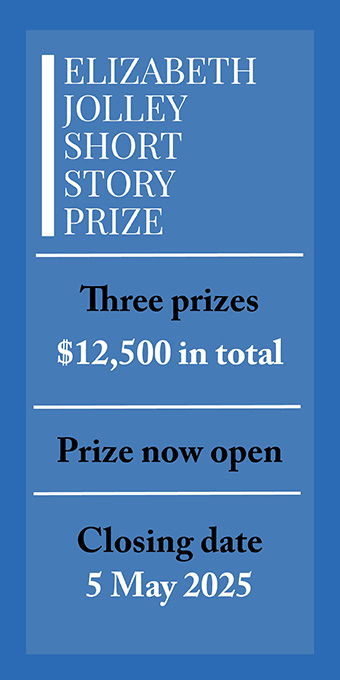Poetry
Avenues & Runways by Aidan Coleman & Throwing Stones at the Sun by Cameron Lowe
by Martin Duwell •
Under a Medlar Tree by Syd Harrex & Head and Shin by Tim Thorne
by Geoff Page •
A biographer follows the life of a chosen person or a chosen group or people, or perhaps a particular scene or epoch. An autobiographer, like a snail outed by the Sun, looks back at his or her tracks and tries to explain how he or she got this far, possibly hinting at vindication or in more extravagant mode, self-immolation. Unfortunately I am a poet, and a prose writer only to earn a living. My field is verse, but l am involved on a daily basis with literature in diverse forms, especially journalism, broadcasting, and reviewing. I believe also that I am a secret biographer and autobiographer, as so much of the poetry I write and read shadows the functions of biography.
... (read more)Changes: New & collected poems 1962-2002 by Keith Harrison
by Chris Wallace-Crabbe •


